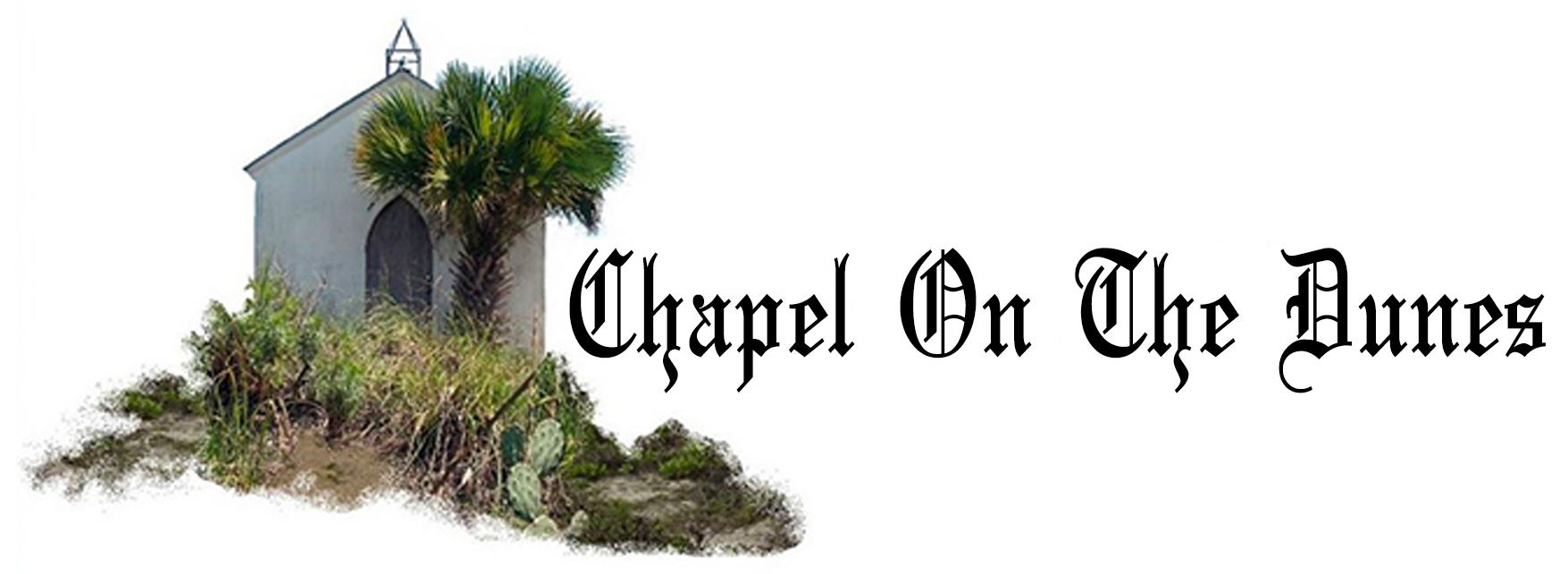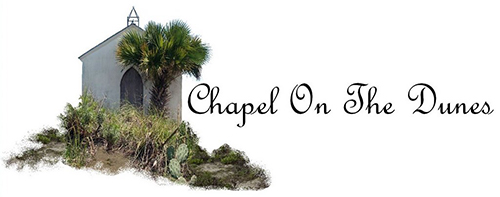Voss Metal Works
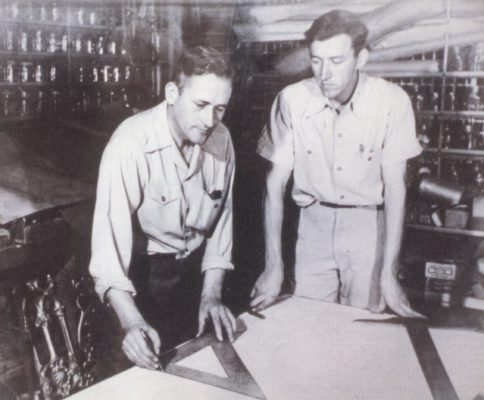
Metal artisans Theo Voss and son Kurt Voss (Courtesy of Susan Toomey Frost)
Theodore Voss founded the noted Voss Metal Works artisan metalworking company in San Antonio in the 1930s. Born in Santa Monica, California in 1901, Theo Voss moved to Wittenburge, Germany with his mother after the death of his father. There Theo married, had a son, Kurt, and learned ironworking. He later returned to the United States and founded Theodore Voss Artistic Scroll Metal Work in San Antonio, Texas. The Great Depression put the company under, but Theo began anew with Voss Metal Works.
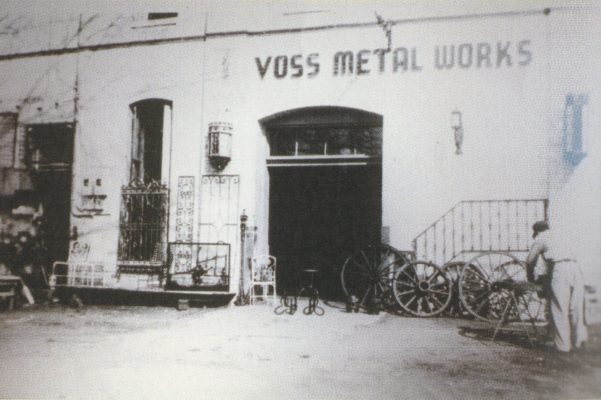
Voss Metal Works three-story brick warehouse located on 214 Glenn Street, San Antonio, Texas. (Courtesy of Susan Toomey Frost)
The business became successful and sought after for numerous projects ranging from private residences to commercial buildings. Some noteworthy examples include the “three-ton [Aztec Theatre] chandelier, two stories tall and twelve feet wide” (Added in 1929), the Texas A&M Agricultural Engineering Building [Scoates Hall] wrought iron grille entrance and lecture room chandelier (1933), and the Maverick-Zachry House window ironwork and stairs (1929). Voss achieved national recognition after designing and fabricating the Godart Gates (featuring dense grapevines) between the north and south crypt aisles of the Washington National Cathedral in Washington, D.C. during WWII.
Chapel on the Dunes Ironwork

Rooftop cross design
After the purchase of her Port Aransas house at 620 E. Avenue B in 1937, Aline B. Carter commissioned her friend Ethel Wilson Harris to construct a small chapel on the high dune to the south. The chapel features iron grills in the altar window and front entrance window as well as two crosses mounted on the roof. There are two possible sources for this ironwork. The likelier source appears to be that of Voss Metal Works.
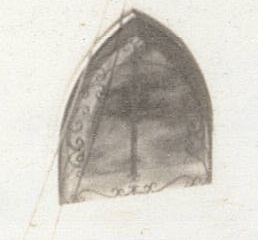
Front window ironwork
For window ironwork, Ethel Wilson Harris probably called upon Theo Voss of Voss Metal Works to create the grills and crosses. Ethel Wilson Harris frequently collaborated with metal artisans Theo Voss and Kurt Voss of Voss Metal Works over the course of her career. It must be noted, however, Susan Toomey Frost indicated a second possible origin. Frost mentioned “Mexican Arts & Crafts also had its own metal artisans who could have made the ironwork ” in that time period.

Ironwork above chapel altar
While there remains no confirmation in paper documents as to which source Ethel employed for metalsmithing for the two small chapel window grills, several factors point to Voss Metals. Upon examination of the historic photographs, Ted Voss of Ted Voss Metals, Inc. indicated the ironwork was recognizable work in the style of his grandfather Theo. In particular the scroll work design was cited. It may be further noted the Maverick Carter House has several Voss Metal Works fireplace screens and other commissions from the mid-1920s, prior patronage further indicating the likelihood the metalwork originated from Theo.
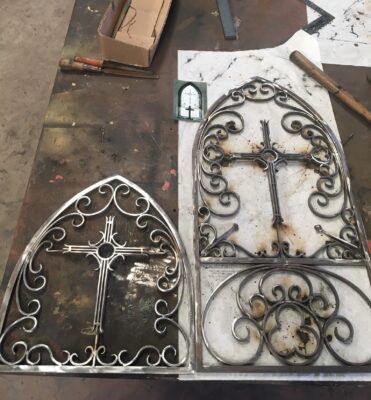
Ted Voss Metals
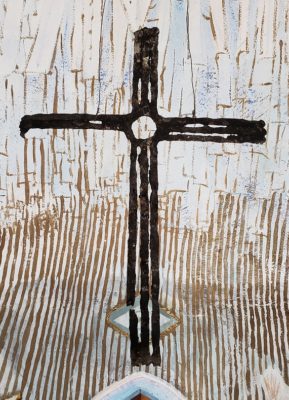
Last surviving original iron cross
In 2020 efforts to restore the chapel windows to their original design commenced with Luis Elizondo of My Three Sons. Luis, experienced in historical architecture millwork, restored and recreated several doors and windows for the Fulton Mansion and the La Salle County Courthouse among other historic buildings. Metal frames were fitted after returning the windows into their original frame design with numerous glass panes and wood grilles. Recreations of the metal ironwork grills and rooftop crosses were completed in 2021 by Ted Voss and his son Garrett Voss. To recreate the designs, photographs and the sole remaining cross were used as templates and references. Together Ted and Garrett reproduced the same scrolls made by Theo Voss in the 1930s. Both Ted and Garrett maintain the family business and tradition with wide recognition and acclaim throughout the country.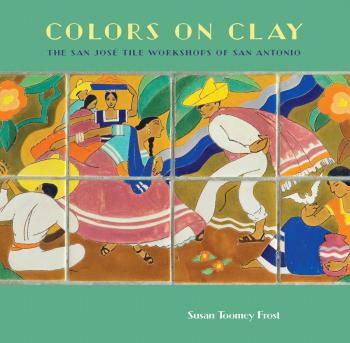
Historic photographs courtesy of Susan Toomey Frost. For more information on Ethel Wilson Harris and San Jose Tile Workshops, please refer to the authoritative work Colors On Clay.
For additional reading please see:
AgriLife Today. “Design of Its Time Brings Architectural Heritage into Ultra-Modern College Classroom.” AgriLife Today, Texas A&M University, 6 Feb. 2015, agrilifetoday.tamu.edu/.
Allen, Paula. “Factory Building Survived Many Changes.” ExpressNews.com, 29 Apr. 2017, https://www.expressnews.com/.
Burton, Laura Nell, and Christin Nell Gish. “Illuminati!” Cloche Designs, Cloche Designs, 14 Aug. 2017, https://clochedesigns.com/illuminati/.
Crawford, Annette. “A New Day Dawns at the Aztec Theatre.” Rivard Report, 29 Nov. 2013, therivardreport.com/a-new-day-dawns-at-the-aztec-theatre/.
Fisher, Lewis F., and Maria Watson Pfeiffer. Traditions and Visions: San Antonio Architecture. Trinity University Press, 2013.
Frost, Susan Toomey. Colors on Clay: The San José Tile Workshops of San Antonio. Trinity University Press, 2009.
Hawkes, Logan. “The Return of the Historic Aztec.” The Rebirth of the Aztec Movie Palace in San Antono, Texas Less Traveled, 2006.
Hume, Mike. “Aztec Theatre, San Antonio.” Historic Theatre Photography, Historic Theatre Photos, www.historictheatrephotos.com/.
McCoy, Nancy T., et al. Architecture That Speaks: S.C.P. Vosper and Ten Remarkable Buildings at Texas A&M. Texas A&M University Press, 2017.
Quimby McCoy Preservation Architecture, LLP. “Draft: Scoates Hall at Texas A&M University Historic Interior Painted Finishes Study.” QMC Project Number 2013-10. Dallas, Texas. April 2014.
Riggs, David. “Breathing New Life in to Scoates Artwork.” Department of Biological & Agricultural Engineering, Texas A&M University, 29 Sept. 2017, baen.tamu.edu/2017/09/breathing-new-life-scoates-artwork/.
Watson, Dr. Karen L., and Dr. Jerry R. Strawser. Memorandum CBE Recommendation: Scoates Hall Entrance Color Scheme. 24 Sept. 2015.
Drabelle, Dennis. “Review: ‘Beauty in the Shadows: Wrought Iron in the Washington National Cathedral'”. Washington Post, 9 Jan 2015. https://www.washingtonpost.com/
Putnam, Nol. Beauty in the Shadows: Wrought Iron in the Washington National Cathedral. Blue Moon, 2014.
